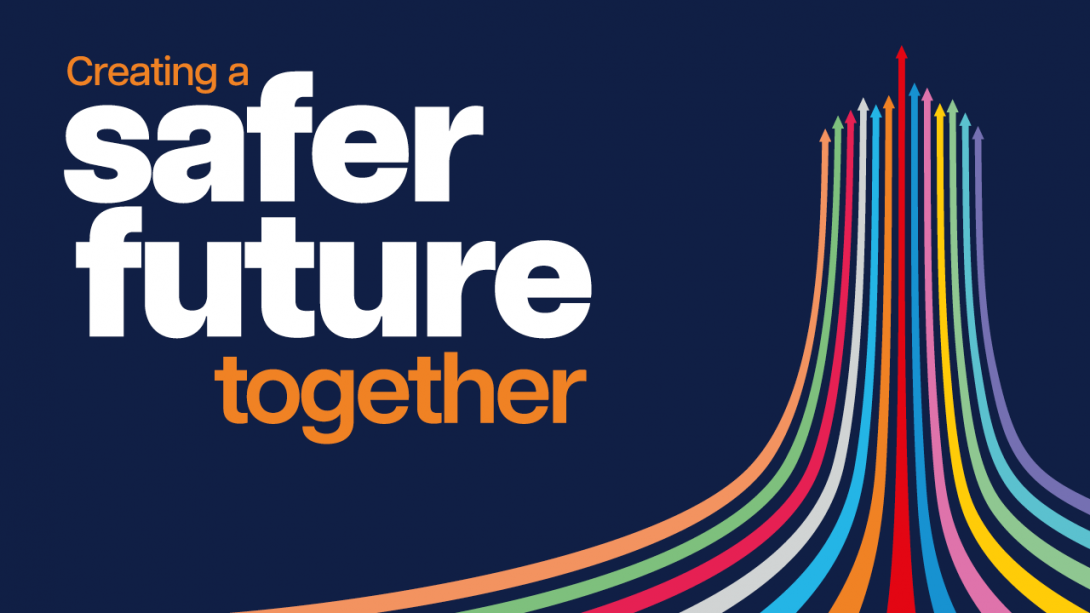Have your say on how KFRS measures response times
21 October 2024
People across Kent and Medway are being invited to have their say on Kent Fire and Rescue Service’s (KFRS) approach to measuring its incident response times. As part of the consultation, people are also being asked to comment on how much they pay for the service through Council Tax.
Public, Community
Feedback received through a community risk survey at the start of the year, informed a new risk assessment of the county, and shaped the service’s action plan for the next four years.
The plan has been approved by the Kent and Medway Fire and Rescue Authority - the body that governs KFRS - and now the fire service is seeking consultation on the first elements.
Residents and businesses have until 18 January 2025 to take part.
Response times
KFRS is proposing a new way and target for measuring response times.
The service are not proposing to change our response to incidents, or fire stations, just how we measure response times.
KFRS’ response time standard is the same across the county, no matter where people live. This is also the same for the different levels of risk, whatever they are. This is not representative of incident response performance.
Rural areas
In rural areas the risk level is lower than in urban areas, there is less demand and a reduced chance of emergencies occurring. In these areas there are on-call fire stations - firefighters based in their local community, who go about their day-to-day lives, carry a pager, and when it sounds, they have to quickly get to the fire station and out on the fire engine in under five minutes.
The challenges attending rural emergencies include many factors: longer travel distances and difficult navigation with large fire engines in country lanes, requiring lower road speeds – all of which can impact KFRS’ response times. Isolated properties can also be harder to reach.
The proposals set out that on 75% of life-threatening emergencies, a 15-minute response time will be the target in rural areas. The current county-wide target is ten-minutes.
Urban areas
In urban areas the risk level is higher with an increased chance of emergencies occurring. Many incidents attended by KFRS are in these built up, densely populated locations. There are more wholetime fire stations in places like Canterbury, the Medway towns, Maidstone, and other larger towns, to meet the higher demand and counteract urban challenges, such as increasing road congestion.
The proposals set out that on 75% of life-threatening emergencies, a nine-minute response time will be the target. The current county-wide target is ten minutes.
Council Tax
As part of the consultation, KFRS is also asking for comments on new Council Tax proposals. Currently, average B and D band households pay just over £1.72 per week in Council Tax (£89.91 per year in 2024/25) to help run their fire and rescue service.
KFRS is seeking residents’ views on the level of increase people would be prepared to pay for fire and rescue services in 2025/26:
- Option 1: Freeze council tax for a year.
- Option 2: Increase Council Tax by an amount just under a previously proposed referendum limit of 3%, which is an increase of just over 5p a week for an average band D household.
- Option 3: If there is flexibility to do so, would you agree to an increase of up to £5 (5.5% increase) a year on an average band D household, which is a weekly increase of just over 9p.
- Option 4: As an alternative option, having read about the significant challenges we face over the medium-term, what increase in council tax would you be prepared to pay in 2025/26? To give you some context, each 1% increase in a Council Tax Band D household is just under 2p per week.
'Honest and accurate assessment of how long it will take us to reach you in an emergency'
KFRS Chief Executive Ann Millington said: “We’re inviting Kent and Medway residents and business owners to feedback on how we measure our incident response times, as well as Council Tax proposals.
“The response time proposals are based on a true and accurate assessment of how long it will take us to reach people in an emergency, and we want to be clear on how quickly you can expect us to arrive in both rural and urban areas.
“We have incredibly varied landscapes, built environments, a growing population and evolving demand, especially climate, within our large and diverse county – which is why it’s right to revise our measurement approach.
“These proposals are limited to the way we measure our performance. If you have an emergency, we will still get to you in the same time we do now - we are not changing anything that will slow down our speed of response.
“Should the proposals get approval, we will always be transparent on the occasions we don’t meet the response time targets – we'll review and explain why. That’s all part of us striving to provide the very best service to the people we serve.”

